These are the 22 best countries in the world for women to work in
22) Britain — Women make up 22.8% of British parliamentary positions and 22.6% of company boards, but the country's pay gap of 17.5% meant the UK fell far down the list. A recent UN report suggested Britain's pay gap could even be as high as 23%.

21) Austria — Austria's Equal Treatment Law allows companies to temporarily positively discriminate so they can bring women's working conditions in line with men's. However, they've yet to address the country's gender pay gap of 18.2%.
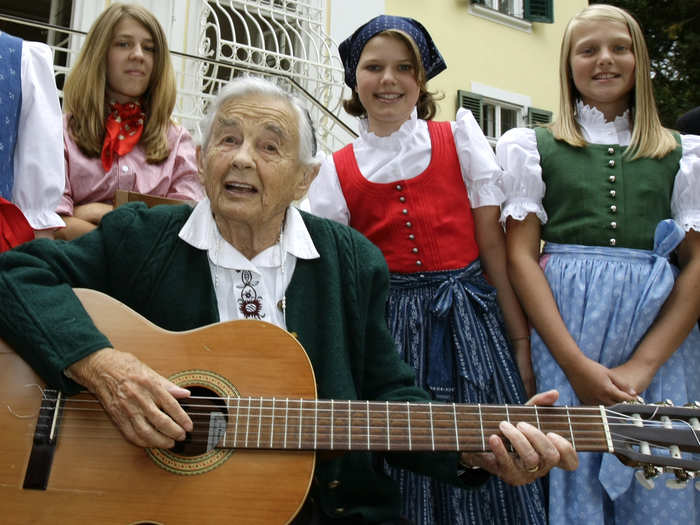
20) Netherlands — 37% of the Netherlands' parliament is made up of women but they face earning 20.5% less than their male counterparts. The country's Emancipation policy aims to achieve equality in salaries, employment, and education.

19) Greece — Despite generous maternity leave and low childcare costs, Greece's low position in The Economist's ranking is thanks, mostly, to its low number of women in senior positions and on company boards.

18) Italy — Despite its laws promoting gender equality, many women find they have insufficient support to find a balance between childcare and their professional life in Italy, and its 11.1% gender wage gap continues to be a problem.

17) United States — The US government has no policy or laws surrounding paid maternity leave, and childcare costs eat into a 35% chunk of the average woman's salary. However, the country also has one of the highest proportion of females in senior positions — 42.7%.

16) Australia — Unfortunately, Australia performed poorly in The Economists rankings. Women were entitled to just 0.6 weeks maternity leave at 100% of their last earnings, beaten to bottom place only by the United States. However, a promising 36.7% of senior positions were occupied by women.

15) Germany — The most powerful economy in Europe isn't the most friendly for female workers. It scored below the OECD average in the gender pay gap, female labour force participation, as well as women on company boards and in senior or managerial positions.

14) Slovakia — Slovakia only just beat the OECD average, being named the 14th best country in the world to be a working woman. Almost half of all GMAT exams taken were completed by women. The GMAT exam is the exam taken to join MBA courses in European business schools.
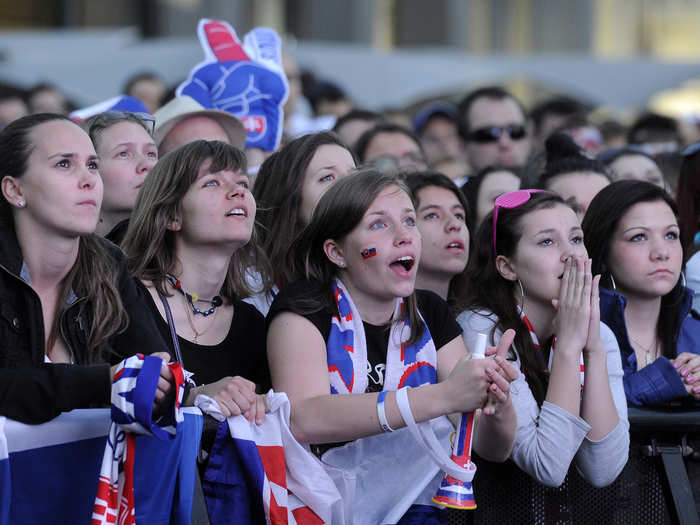
13) Israel —Israel sat comfortably above the OECD average and was named the 13th best place in the world to be a working woman.

12) Portugal — Female employees in Portugal are given a generous 17 weeks of paid maternity leave.

11) Canada — Out of the countries considered by The Economist, Canada is the 11th best country in the world for women to work, and has been climbing the ranks year-on-year.
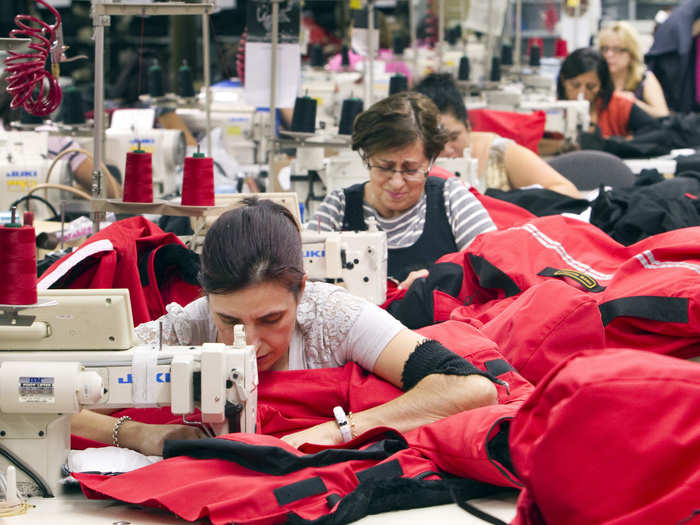
10) New Zealand — With the lowest gender wage gap — 5.6% — it's no wonder Australia's neighbour ranked so highly. An impressive 40% of women make up its senior or managerial positions.
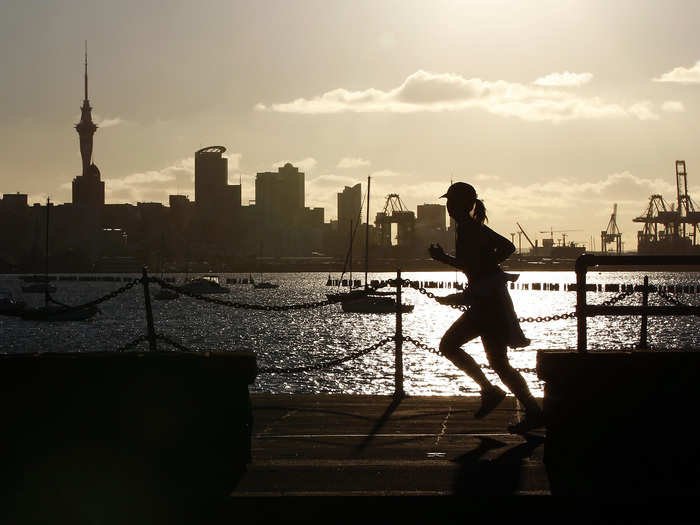
9) Belgium — After New Zealand, Belgium had the second smallest gender wage gap at just 6.4%. The biggest wage gap is found in the country's private sector.

8) Spain — 41.1% of Spain's parliament is made up of females. The highest figure after Finland, 42%, and Sweden, 43.6%.

7) Denmark — Women in Denmark earn just 7.8% less than their male counterparts, one of the best results in the report. They also elected their first female prime minister in 2011.
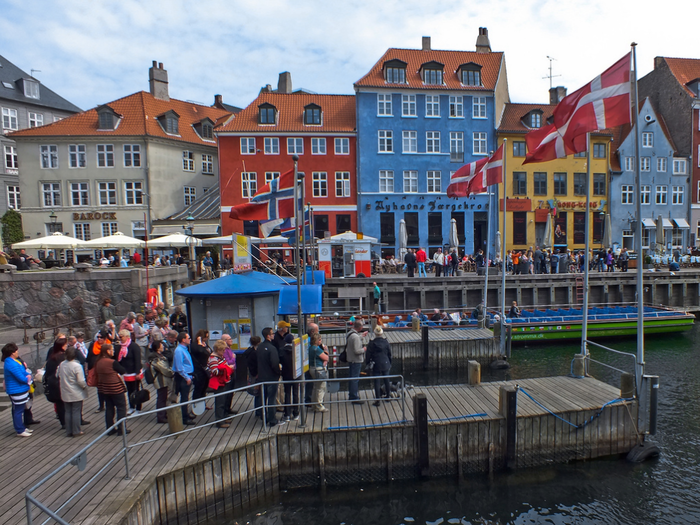
6) Hungary — 43% GMAT exams taken in Hungary are completed by women, while an impressive 40.4% of senior managerial positions are occupied by women.

5) France — In France, women make up 39% of senior or managerial positions, and just under 29% of company board members.

4) Poland — Poland came out on top in the maternity leave stakes. Women are given 22 weeks off work, fully paid.

3) Sweden — Sweden had the highest proportion of female members of parliament — 43.6% — while net childcare costs accounted for just 5.8% of the average woman's salary.

2) Norway — The Scandinavian country was knocked from the top spot, but it still performed well. Almost 40% of its members of parliament are female while 31% of senior managerial positions were filled by women. Norway's laws also require at least 40% of all public limited company board members be female.
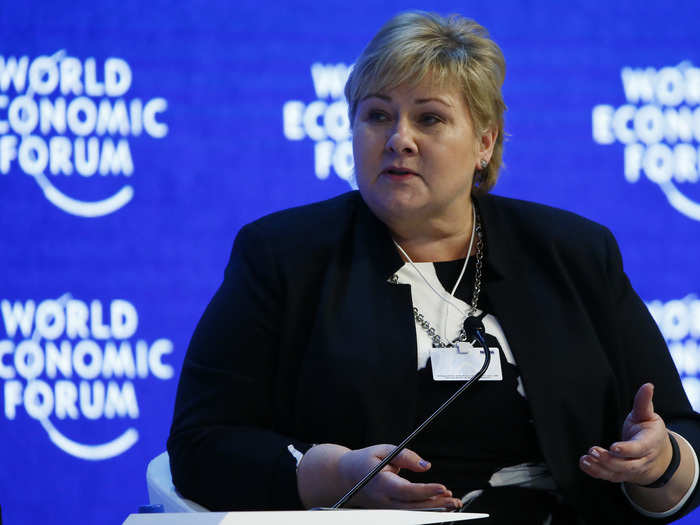
1) Finland — Of all the countries analysed in the report, Finland had the highest share of women in higher education and the largest female labour-force participation. 83% of women, even mothers, work full time, thanks in part to the country's system of public childcare and free school meals.

Popular Right Now
Popular Keywords
Advertisement